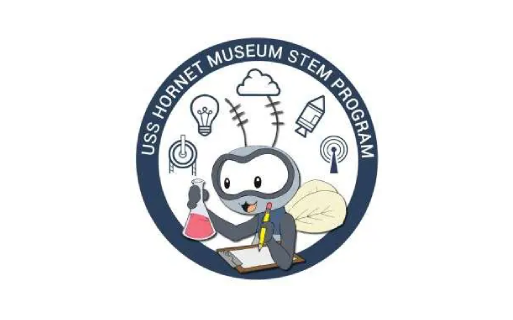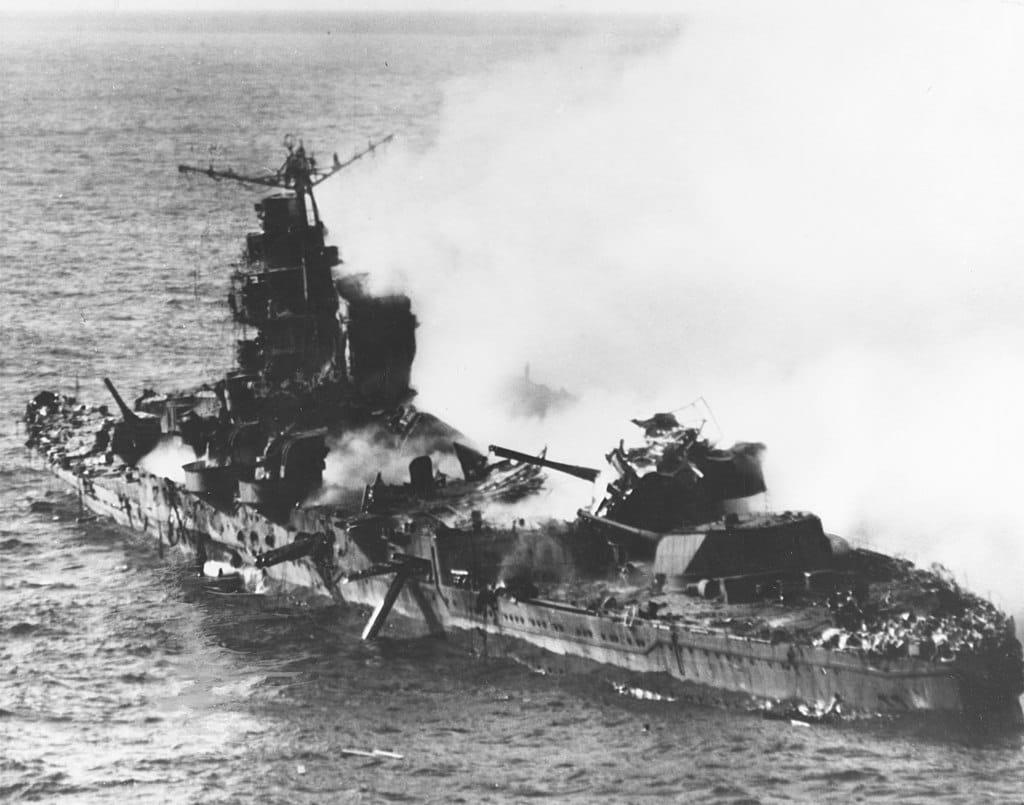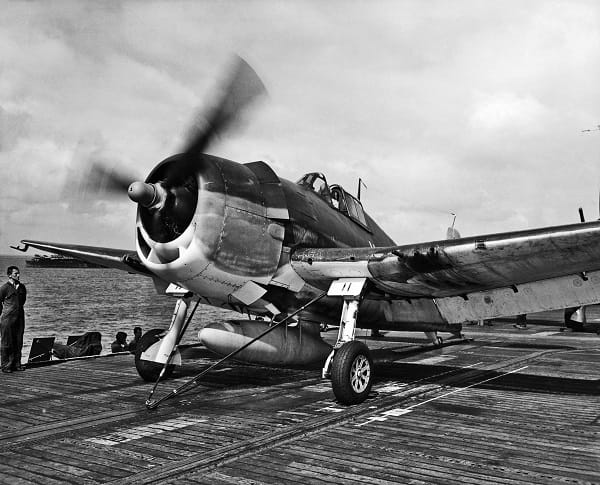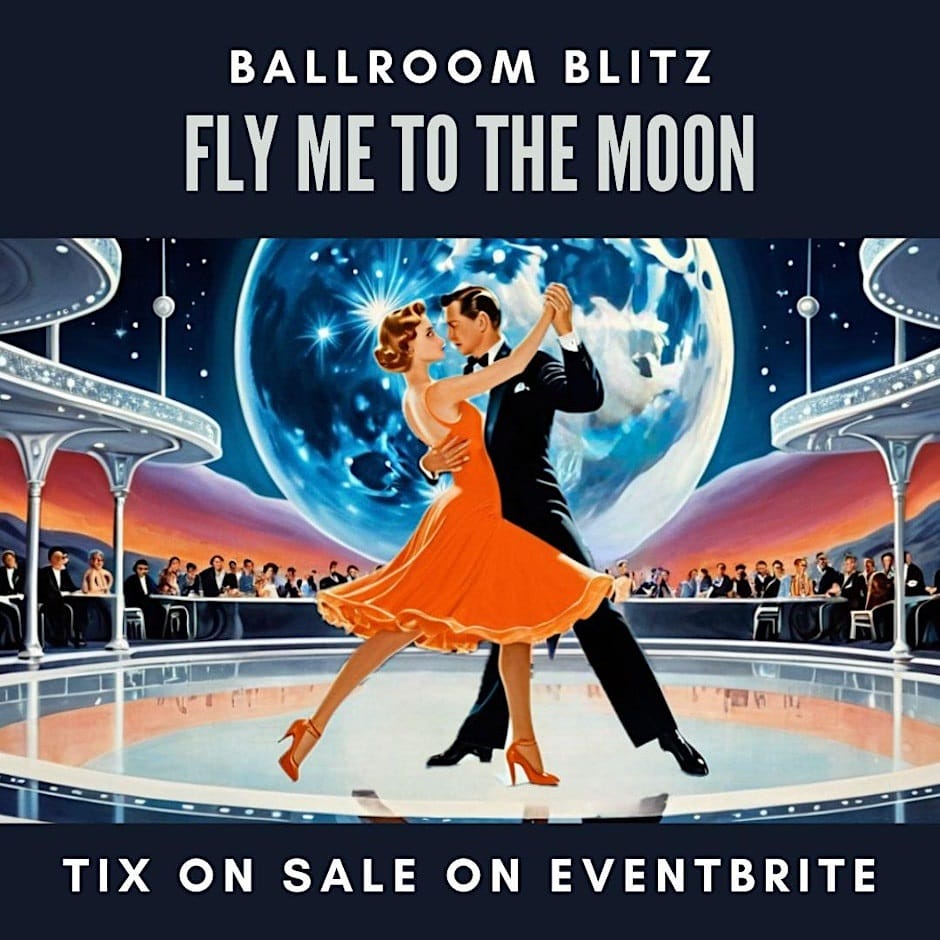Reserve your Field Trip Today-Click Here!
GRADES K-12
In our STEM to Stern Program, students see how science, technology, engineering, and mathematics apply to the operational functions of a World War II aircraft carrier. The historic surroundings of USS Hornet offer a one-of-a-kind learning environment for exploring these concepts by giving students perspective on modern technology by offering a comparison to the past.
For example, students can investigate how thermodynamics and electromagnetism allowed the USS Hornet to use seawater to power the ship while cruising the ocean. They can learn how waves are used to track objects and communicate on board as well as between ships and aircraft. They can also see how hydraulics and simple machines, wind, and the ship itself helped launch a 19,000-lb jet off the flight deck, as well as how pilots and sailors use vector mathematics to plot a course.
Price: $10.00 per student $11.00 per adult
Overview:
Options for STEM to Stern Jr. Station Descriptions (Grades K-8):
Take Flight! (Grades K-2)
Find out what causes weather and hear tales of the 1945 typhoon that crippled Hornet’s Flight Deck and Fo’c’sle and changed naval architecture. Learn the basics of aviation and discover how weather affects navigation on the sea and in the air by plotting a new course for the ship that allows the planes to take advantage of the wind and then launch your own gliders on the Flight Deck.
Ship Shape! ( Grades 3-8)
Explore the ship and the STEM concepts behind her structure and systems. See up-close the amazing machinery that powered the ship and launched aircraft, as well as learn the engineering story of the Apollo missions.
The program includes a tour of the ship with a hands-on STEM activity selected from the following topics:
– Mechanics
– Aerospace
– Electromagnetism and Electricity
After that, you have the options to enjoy lunch on the Flight Deck and then resume your adventure in the afternoon with a docent-led tour where you can visit additional spaces of the ship to learn more about the history of the USS Hornet.
Subject Focus and Station Modules
The following modules can be combined into programs around a theme, which can also tie into topics emphasized at particular grade levels (e.g., “energy” for 3rd – 4th graders). Teachers can also select modules to create a custom program.
– Island (Navigation, Weather)
– Flight Deck (Aviation, Mechanics, Weather)
– Forecastle (Mechanics, Weather)
– Catapult Room (Mechanics)
– Combat Information Center (Waves, Communications)
– Engine Room (Energy, Thermodynamics)
– Forward Generator (Electricity and Magnetism)
STEM to Stern Station Descriptions (Grades 9-12)
The following provides brief descriptions of the areas of the ship that you will see on your tour. Although we will do our best to show you these, on rare occasion some areas may not be accessible due to restoration work or safety issues. If this happens, we’ll substitute another interesting area – there are many to see!
Apollo
Our Apollo exhibit includes several artifacts from the Apollo 11 and 12 (and other) missions such as a real test capsule and one of the Mobile Quarantine Facilities (MQF) from Apollo 14. We’ll learn about the history of the amazing technological achievement of getting to the moon and back and see what it can teach us about the engineering design process.
Hangar Deck
The Hangar Deck, where aircraft were stored, repaired, and maintained when not in use, now contains several planes and helicopters from different time periods. We’ll look at these up-close to explore aircraft design and aviation basics.
Fo’c’sle
In the Forecastle, the anchor was controlled for deployment and retrieval. We’ll learn about simple machines, which use leverage and other principles of physics to move heavy (very heavy!) loads, such as these massive chains and the anchors. In addition, we can hear about the typhoon of 1945 that destroyed part of the forward flight deck and led to the improved “hurricane bow” design.
Flight Deck
Up on the Flight Deck, we’ll walk around where airplanes were launched and helicopters took off. We’ll learn about some important principles of weather and aviation, and how these interact for pilots, as well as catapult system mechanics and flight.
Island
The Island was where the Captain, Admiral, and crew navigated the ship through waters around the world. Up here, we’ll see the different methods and evolution of navigation technology to determine position and establish a course. We’ll also learn how waves are used to track other vessels and aircraft.
Engine Room
Down in the Engine Room, we’ll see how steam from the boilers powered everything on the ship. We’ll also follow how turbines, generators, and gears harnessed the energy to do so many things at once.
Catapult Room
In the port-side Catapult Room, heavy machinery using principles of physics enabled Hornet to launch aircraft from the deck. We’ll see how a catapult system uses energy (potential energy) to apply a force to an airplane so that it can move with a high enough velocity (kinetic energy) to launch from the ship.
STEM Activity
Your program includes a “STEM stop” that includes a hands-on activity relating to the science and engineering the students will see on the ship. The following provides examples for each topic area:
– Mechanics: Catapults
– Aerospace: Paper gliders or straw rockets
– Electromagnetism: squishy circuits, coin batteries, or magnets
– Electrochemistry: corrosion or electroplating (6-12)
Contact us at (510) 269-4141 x224 or at Edu@uss-hornet.org
Add Box Lunches to your Field Trip! Lunches are available for $12.50 per person.




